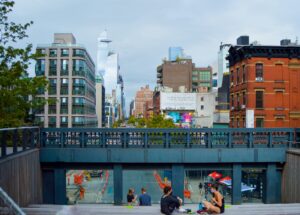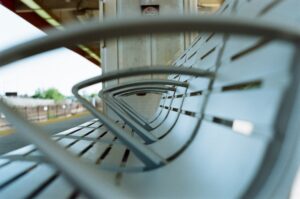Smart street furniture – powered and digitally networked furniture that collects and generates data – is arriving in Australia. It comes in a variety of forms, including benches, kiosks, light poles and bus stops. Early examples in Australia include ChillOUT Hubs installed by Georges River Council in the Sydney suburbs of Kogarah, Hurstville and Mortdale, and information kiosks and smart light poles in the City of Newcastle as part of its Smart City Strategy.
The “smartness” of this street furniture comes from its new data and connectivity capabilities. The idea is that these can generate new products and services, and support real-time planning decisions in cities. Most offer free wi-fi in combination with other functions like advertising, wayfinding, emergency buttons, phone calling and device charging via USB.
Smart, but controversial
The promise of smart street furniture is that it will enhance public spaces and revitalise ageing infrastructure. By providing vulnerable and disadvantaged citizens with access to free connectivity services it can also bridge digital barriers.
Despite these benefits, some aspects of smart street furniture are controversial. In particular, its data collection and impact on public space have created concerns.
In New York City, the replacement of phone booths by LinkNYC digital kiosks has given rise to protest about data ownership and sharing and surveillance through built-in security cameras. Other sources of tension are the kiosks’ physical footprint, visual impact and use for outdoor advertising with its double-sided 140cm digital displays.
Read the full article on The Conversation
Author: Justine Humphry, Chris Chesher, Sophia Maalsen
Recommended by Parisa Ziaesaeidi











More Stories
This new ‘risky’ playground is a work of art – and a place for kids to escape their mollycoddling parents
Great Public Spaces Toolkit
Germany’s futuristic ‘green city’ that could help reshape the Sunshine Coast